Son Doong Cave – Discovery and exploration
Son Doong Cave located in the core zone of Phong Nha - Ke Bang National Park, Quang Binh Province - is a cave explored in 1990 by Ho Khanh, a local lumberjack. Then, the cave was surveyed by The British Vietnam Caving Expedition Team, working with Hanoi University of Science, led by Howard Limbert and Deb Limbert. Son Doong Cave was announced as the world's largest cave on 14/04/2009 and adventure tourism commenced in 2013.
Son Doong Cave tourism activities are restricted to limit the number of participants, there are only 1000 people allowed to visit the cave per year (from January to August) and only one authorised company can operate the tour to explore Son Doong.
Large space inside Son Doong Cave.
Discovery and exploration
Hang Son Doong (which means Mountain River Cave in Vietnamese) was first explored in 2009 by The British Vietnam Cave Expedition Team after many years of searching for a cave in this area.
The British Vietnam Cave Expedition Team has been exploring caves in the Quang Binh region of Vietnam since 1990 and they have found 2 major caves with large rivers in close proximity. Hang En and Hang Khe Ry are both extremely large and important river caves. These caves exit into the same valley and the rivers then unite and sink into a massive boulder choke. They examined this area for over 16 years with no luck in finding the continuation - which they expected to be a major cave. This area was very remote in the 1990s. It was a 3-day trek in difficult forests to reach the furthest sink. Two attempts were made to pass this obstruction without success so they spent a number of expeditions searching the area for other entrances unsuccessfully.
The discovery of Hang Son Doong
Early December 1990
During a routine trip into the jungle, a local man Mr Ho Khanh accidentally discovered the cave entrance in 1990 while searching Phong Nha-Ke Bang National Park for timber to earn a modest income. He was caught in a big thunderstorm and managed to find a cliff to shelter from the heavy rain. At the base of this cliff, he found an entrance from which a huge wind was felt and the sound of a river could be heard far below. Based on his jungle experience, he guessed that there must be a very deep and large cave behind the entrance of this cave. However, at that time the caves had no great value so he did not pay much attention to them and just focused on his wooden find. He never revisited the area and it was only when The British Vietnam Cave Expedition Team asked local jungle people for caves that he mentioned this to The British Vietnam Cave Expedition Team. However, it was many years since he had been to the entrance, so he could not locate the exact location of the cave entrance.
Mr. Ho Khanh
7th, April 2009
Ho Khanh rediscovered the cave after being encouraged by The British Vietnam Caving Expedition Team. In 2008, he eventually did it, and also carefully marked the path by identifying mountain directions. In 2009, he led a team of Helen Brooke, Peter MacNab, Jonathan Sims, Adam Spillane, and Trevor Wailes to the opening to survey the cave. On 7th, April 2009, Mr Peter MacNab, a member of The British Vietnam Caving Expedition Team was the first to enter Son Doong Cave. After the first survey, the team concluded that the cave had the largest cross-section of any cave anywhere on the planet. The cave was named “Son Doong”, and Ho Khanh became an integral part of every Son Doong Expedition.
After the first survey in 2009, the team were able to conclude that the cave had the largest cross-section of any cave anywhere on the planet. The cave was named “Son Doong”, and Ho Khanh is still an integral part of every Son Doong Expedition.
14th, April 2009
Son Doong was announced by The British Vietnam Caving Expedition Team as the world's biggest cave.
17th, March 2010
The 2010 expedition to Vietnam was the 20th anniversary of caving in Vietnam. This was The British Vietnam Cave Expedition Team's 13th expedition since 1990 and the 2010 expedition was possibly the most important for Vietnam and especially the world heritage site Phong Nha Ke Bang National Park.
In April 2009, after nearly 10 days of surveying and measuring Son Doong, the expedition encountered a giant calcite wall blocking the way. Due to the lack of specialized equipment, the expedition team were forced to turn around. At that moment, no one knew what was behind that large wall, so the expedition team decided to name the formation "The Great Wall of Vietnam".
The Great Wall of Vietnam with the height of 90m at the end of Son Doong Cave.
On 17th, March 2010, The British Vietnam Cave Expedition Team completed climbing the calcite wall called the "Great Wall of Vietnam" to exit the cave. Gareth Sewell and Howard Clarke were the first to climb the wall. They continued to measure the section from the calcite wall to the exit, finishing with a length of over 9km and a volume of 38.5 million m3.
2011
The measurements were then accepted by a number of the world's senior karst geologists including Dr Tony Waltham. Hang Son Doong was published by National Geographic Magazine and featured on National Geographic TV.
30th, April 2013
The Guinness Book of World Records announced the 2013 book of world records, in which Hang Son Doong is the largest cave in the world.
“Watch out for Dinosaur” in Son Doong Cave.
The Oxalis Experience.
Whether you prefer long treks, camping in a cave, sleeping under the stars in the jungle, swimming underground in river caves, explore the huge dry caves or just taking an exploratory day trip, Oxalis Adventure Tours can provide the right amount of adventure just for you.



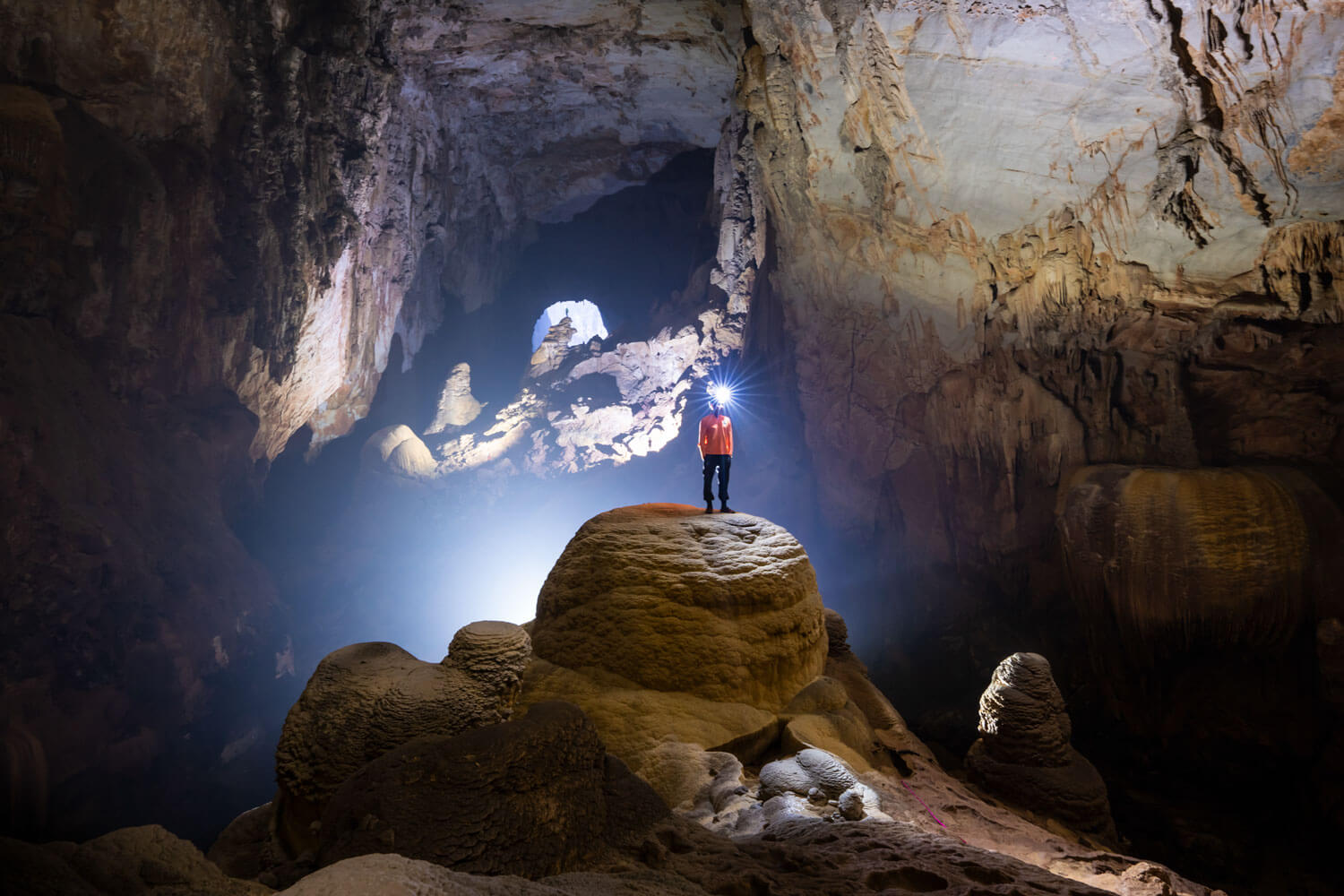
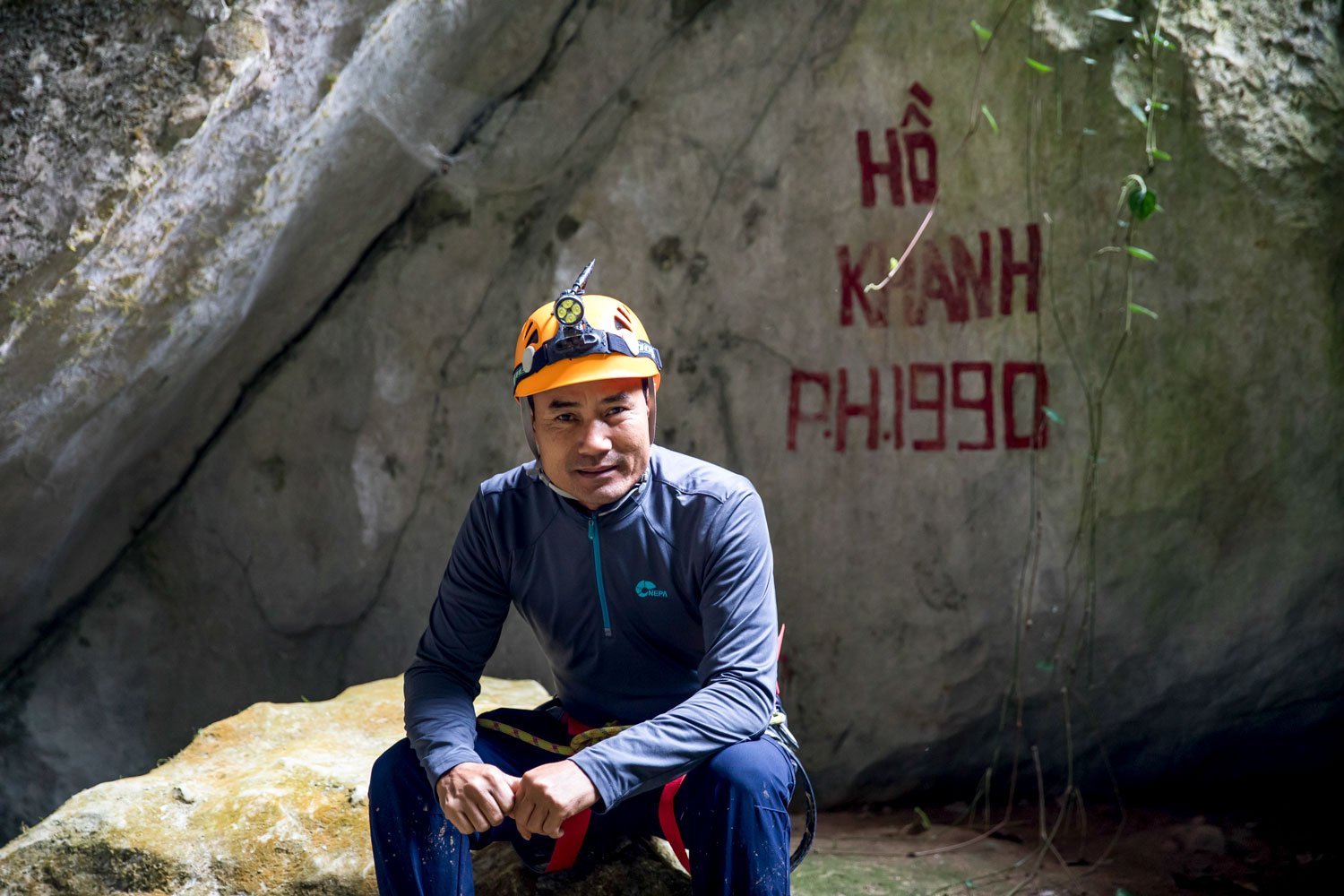
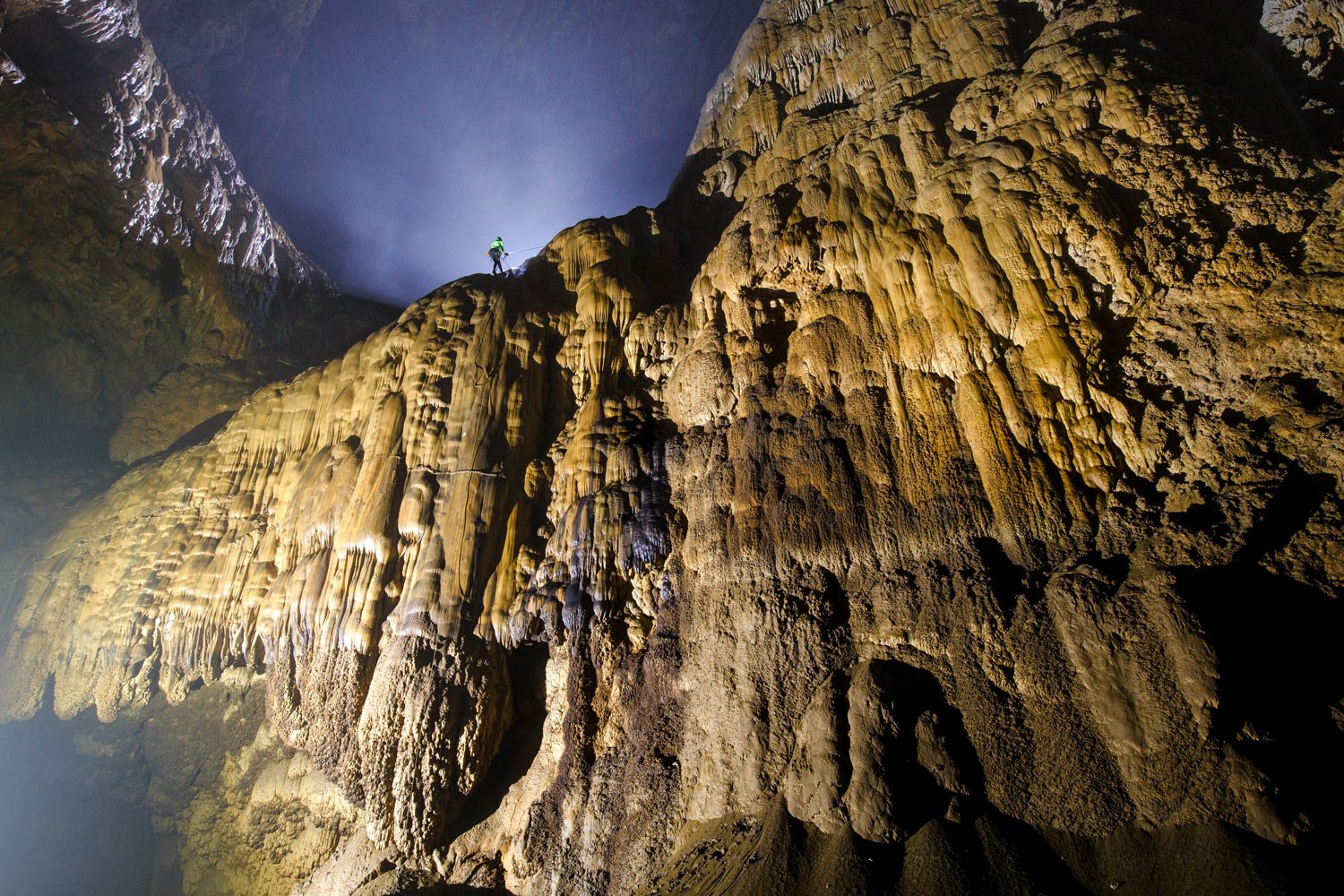
sd-1500x1000__637940881401514049.jpg)
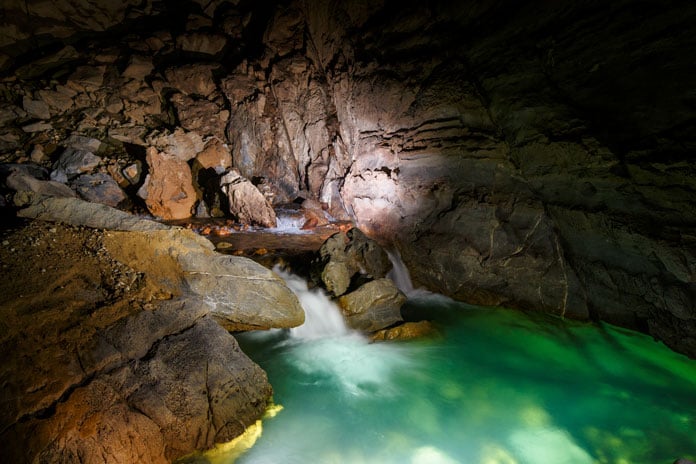
__637740499994967442.jpg)
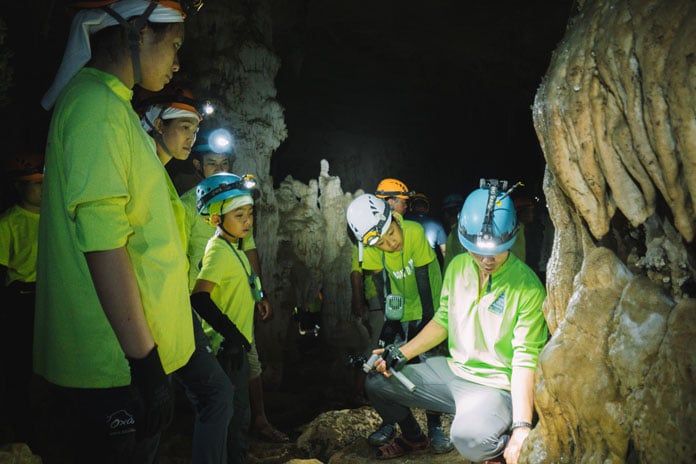
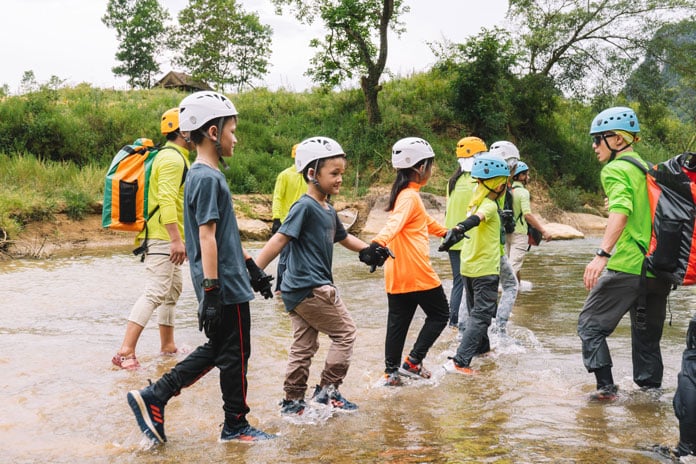
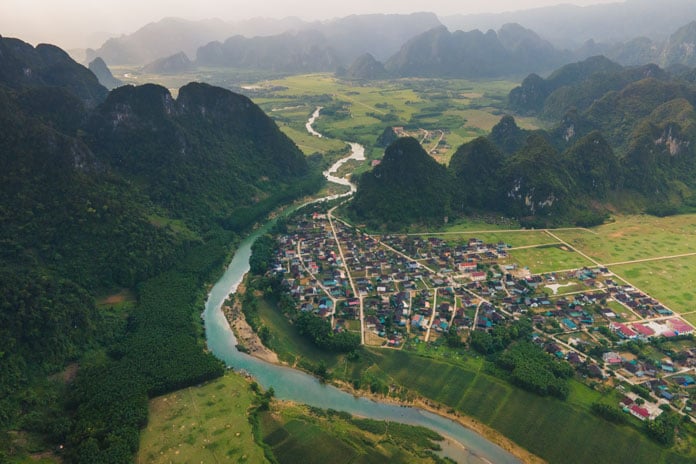
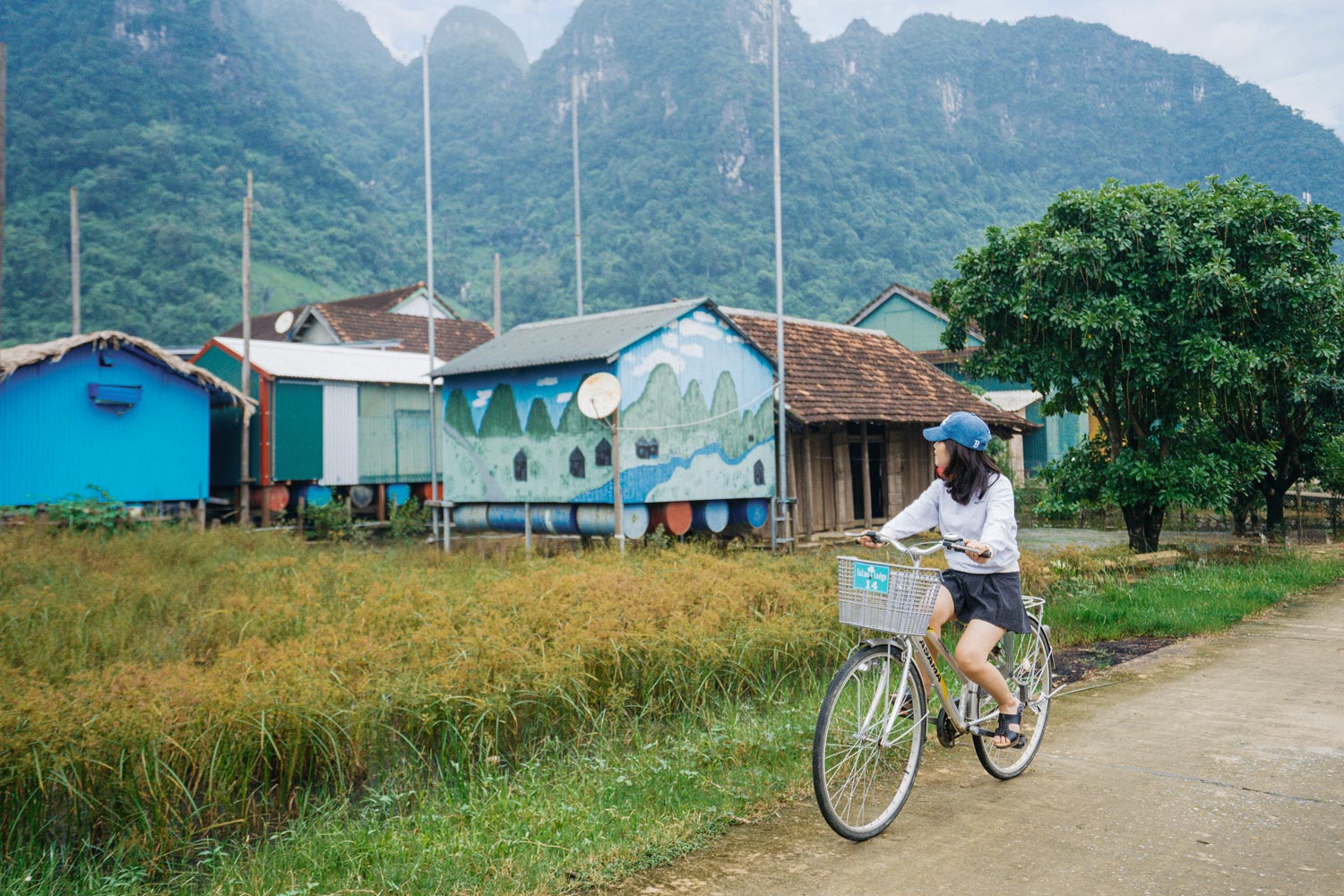
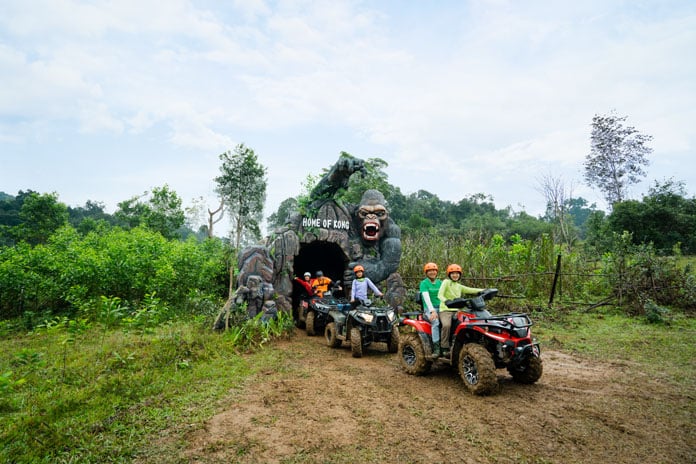
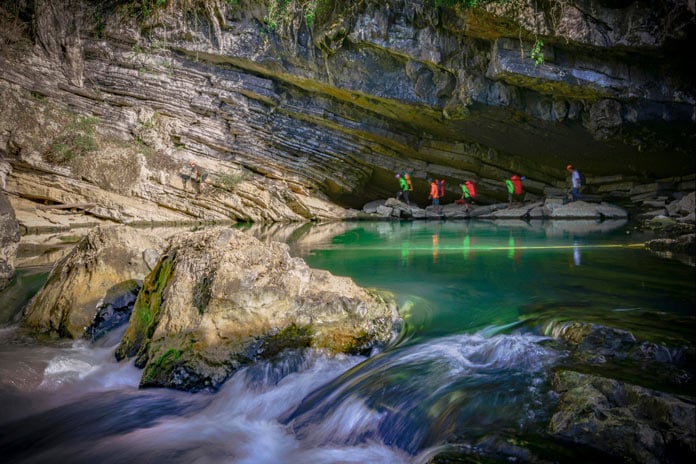
__637051767008903435.jpg)
__637051765075307793.jpg)
__637051774329206026.jpg)
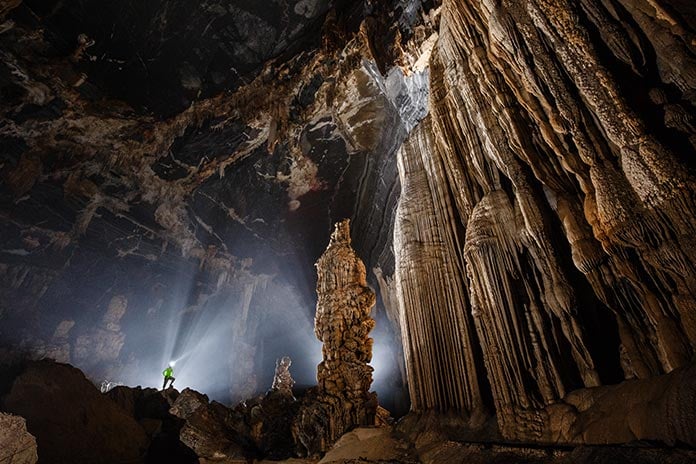
__637051782550081035.jpg)
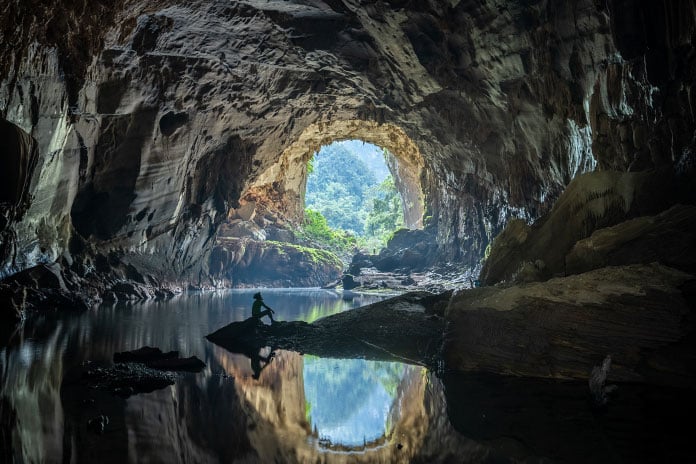
__637051777074859032.jpg)
__637051780703588520.jpg)
__637051781488596056.jpg)